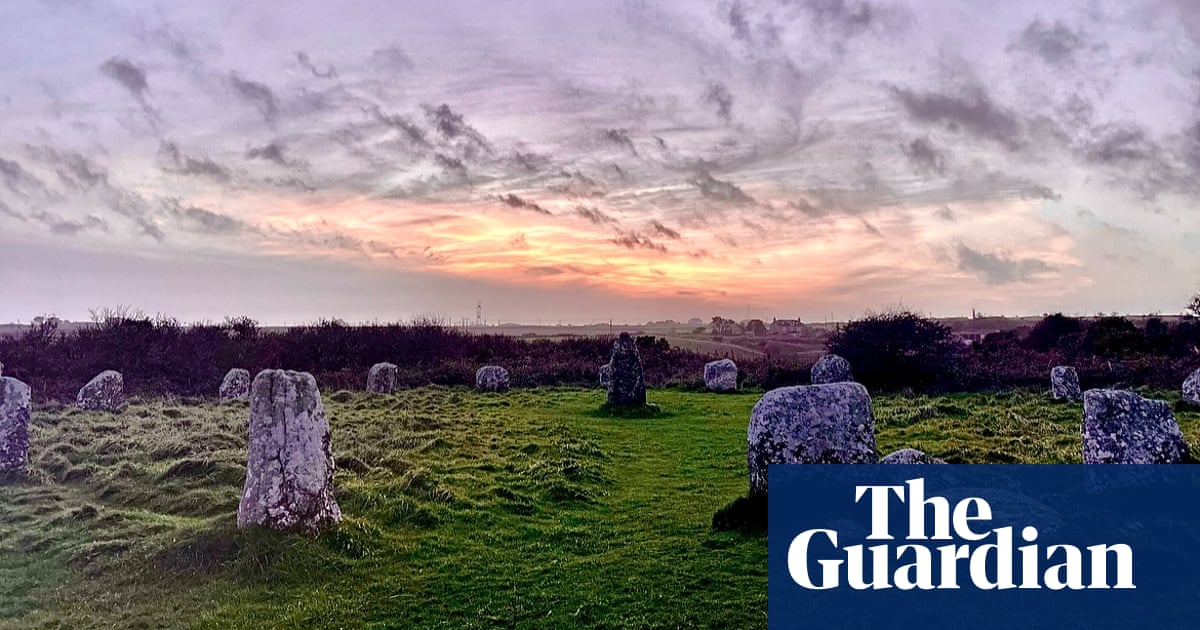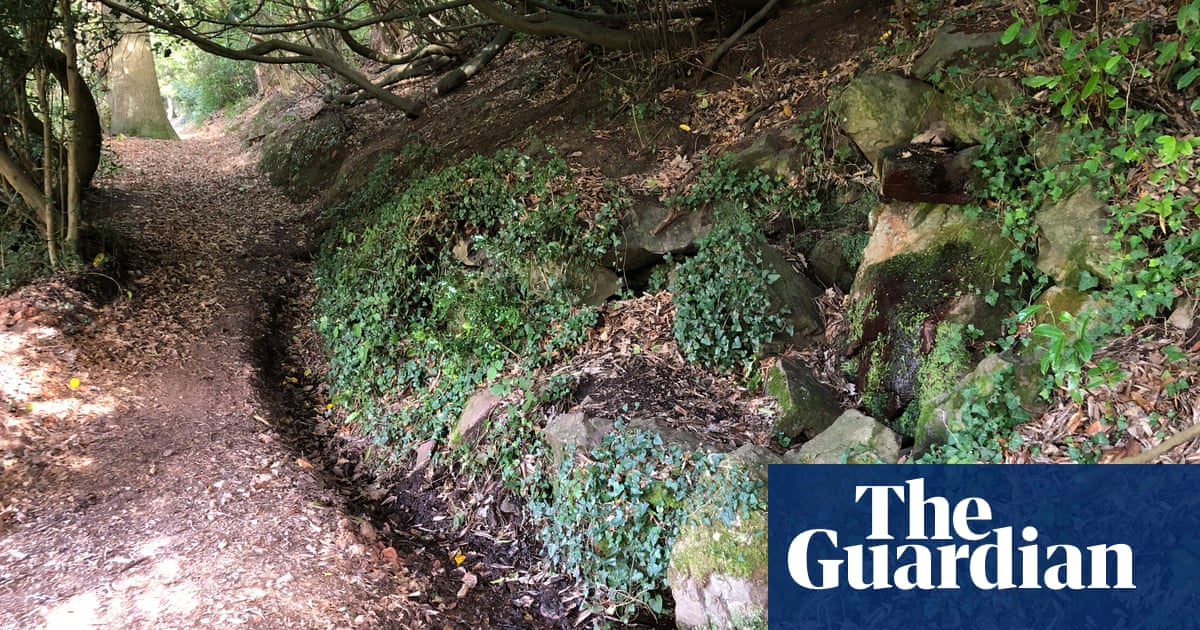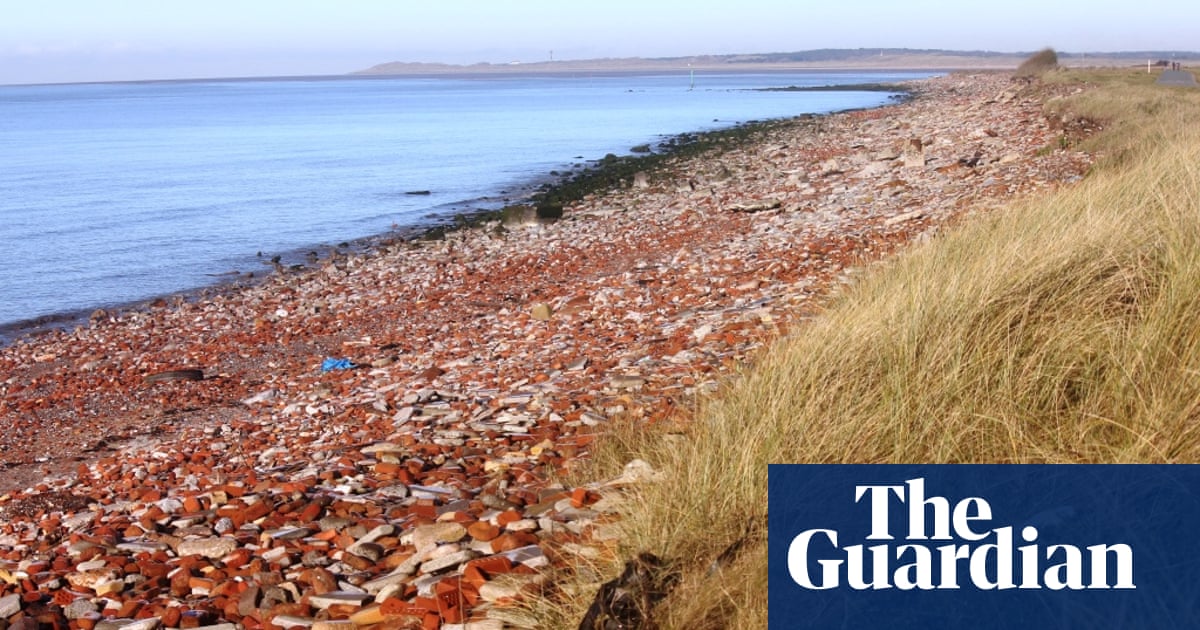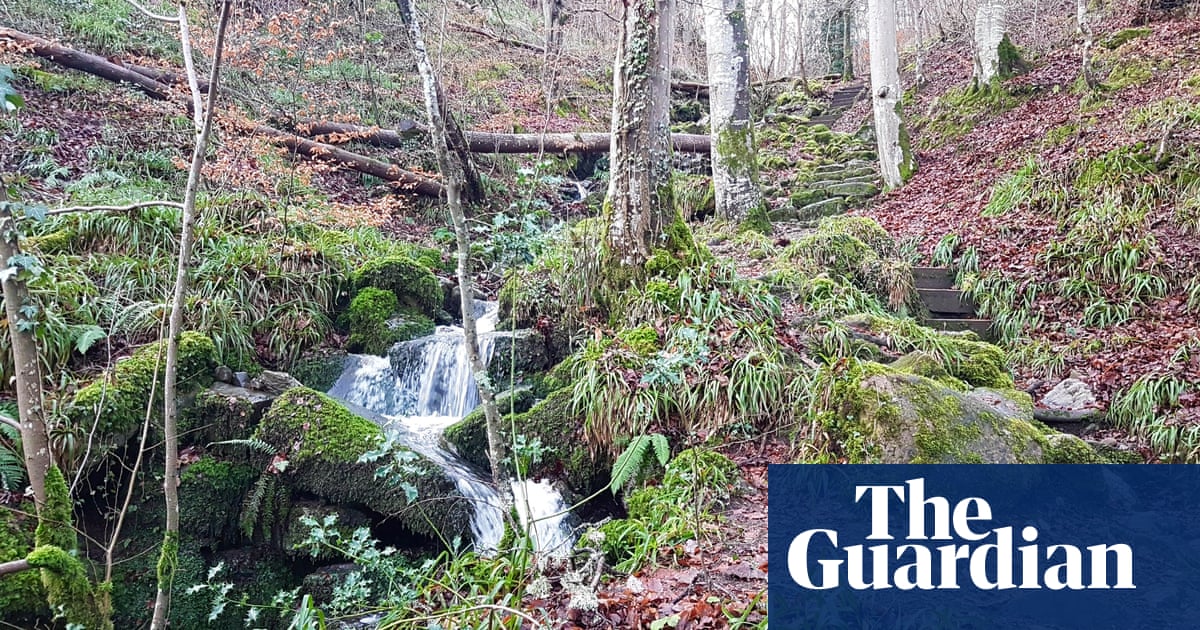
In the hamlet of Merther, nature is concealing a secret. Wrapped in robes of ivy and traveller’s joy, the ruins of a 14th-century church are hidden among a small copse. Little remains of the original building; the crumbling outer walls have been slowly succumbing to wildlife ever since the church closed 80-odd years ago.
Brambles, thistles, avens and bedstraw grow at the entrances. Only one of the windows remains intact; the sun glances through the lead-lined glass as ivy fronds spill over the empty windowsills. Inside, a congregation of sycamores has gathered in the nave, branches stretching towards the heavens while hard ferns, hart’s-tongues and brackens cover the floor. A few relics of the church’s heydays remain: an ivy-shrouded pillar stands like an altar in the chancel, and the outline of bezant crosses can be seen against the far wall of the south aisle.
Built around 1370, St Cohan’s served the community for more than 500 years until the population shifted to nearby Tresillian and attendance to the church dwindled. It slowly became structurally unstable, and when the lead was stripped from the roof to support the second world war effort, the building never recovered, and it held its final service in 1945.
Outside, yew trees encircle the church, and scattered gravestones in various lichen-encrusted states weave between them. A common sight in graveyards, the yew transcends the evolution of religion with new beliefs about them sprouting from old tales, passing on mythology through the centuries. Yews were considered sacred long before the rise of Christianity in the UK, as they symbolised death and rebirth to pagans – yew branches grow downwards, and when they touch the ground, they root and produce new saplings. When Pope Gregory decreed in AD601 that churches should be built on sacred pagan spaces to amalgamate the religions, the yew symbolisation regenerated within Christianity, becoming linked to Jesus’s death and resurrection.
A darter dragonfly drifts by on stained-glass wings, while a low hum of bees emits from the canopy above. As Anglican attendance declines, particularly in rural communities, more churches are finding themselves abandoned, and about 3,500 have closed since 2013. While many will be demolished or renovated into housing, St Cohan’s has re-established itself as a shrine to nature.
Country diary is on Twitter/X at @gdncountrydiary
Under the Changing Skies: The Best of the Guardian’s Country Diary, 2018-2024 (Guardian Faber) is published on 26 September; pre-order now at the guardianbookshop.com and get a 20% discount












